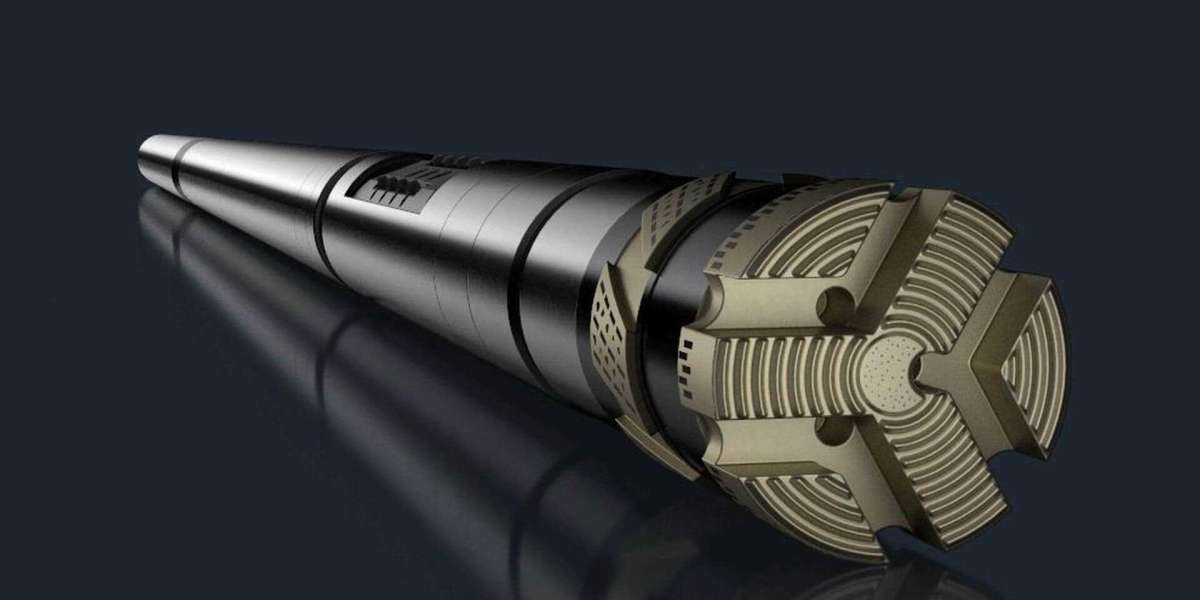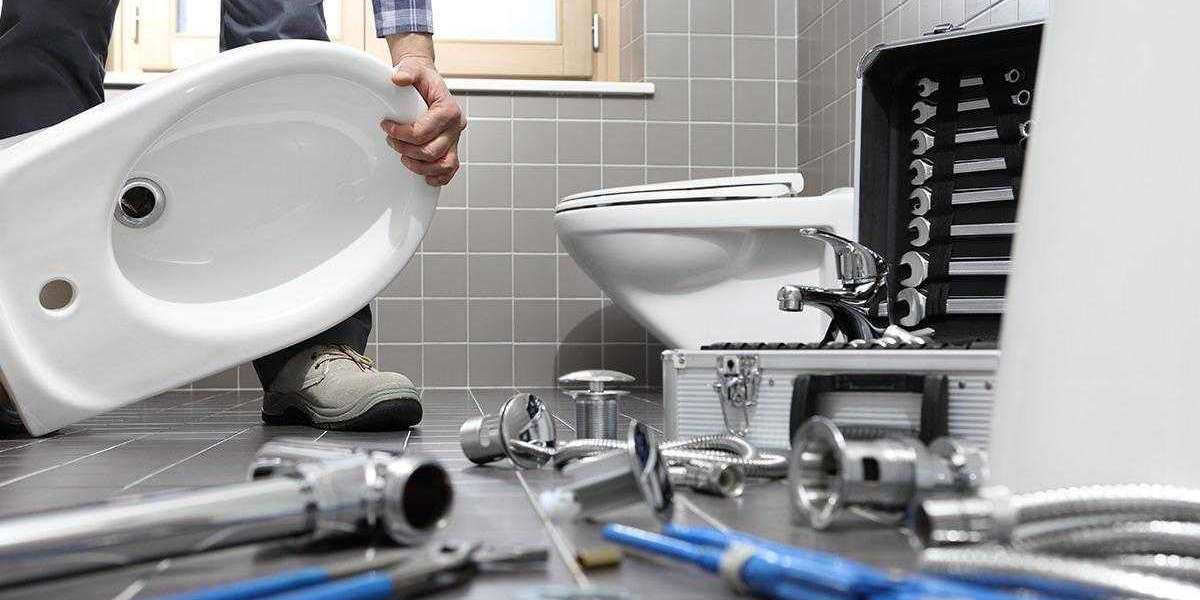The United Kingdom directional drilling market has witnessed significant advancements in recent years, driven by the increasing demand for efficient and cost-effective drilling solutions in the oil and gas sector. Directional drilling allows for precise and controlled drilling operations, enabling access to challenging reservoirs and reducing the environmental impact of drilling activities. As the United Kingdom continues to explore and develop its oil and gas resources, the need for advanced directional drilling technologies is becoming more critical. This article will explore the key factors shaping the United Kingdom directional drilling market, the technologies involved, and the growth opportunities for businesses and investors.
Overview of the United Kingdom Directional Drilling Market
Directional drilling involves drilling at non-vertical angles to access oil and gas reserves that are not directly beneath the drilling rig. It enables operators to reach reservoirs that are difficult or impossible to access with traditional vertical drilling techniques. In the United Kingdom, the directional drilling market is primarily driven by the oil and gas exploration activities in the North Sea, where complex reservoirs require advanced drilling techniques. As the UK seeks to maintain its position as a key energy producer in Europe, directional drilling remains a vital component in improving production efficiency and ensuring the longevity of existing oil fields.
Market Growth Drivers
The growth of the United Kingdom directional drilling market is influenced by several factors, including the need to improve drilling efficiency, reduce environmental impact, and extend the lifespan of existing oil and gas fields. The following are the key drivers of market growth:
Increasing Demand for Oil and Gas Exploration
Although the United Kingdom is transitioning towards renewable energy, oil and gas exploration remains a critical part of its energy strategy. The North Sea, home to some of the UK’s most significant oil and gas reserves, requires advanced directional drilling techniques to optimize resource extraction. Directional drilling allows for more effective utilization of offshore fields and helps to maximize production from mature wells, which is essential for maintaining energy security.
Technological Advancements
Advancements in directional drilling technologies are playing a crucial role in driving the market. Technologies such as rotary steerable systems (RSS), measurement-while-drilling (MWD), and logging-while-drilling (LWD) are enabling operators to achieve greater precision and efficiency. These innovations help reduce drilling costs, improve wellbore quality, and enhance overall drilling performance, making them highly attractive to operators in the United Kingdom.
Environmental and Regulatory Pressures
With increasing scrutiny on the environmental impact of oil and gas exploration, there is a growing emphasis on adopting drilling technologies that minimize environmental disruption. Directional drilling allows for reduced surface disturbance and the ability to drill multiple wells from a single platform, which minimizes the impact on the surrounding environment. In addition, directional drilling is often used in conjunction with hydraulic fracturing (fracking) to access hard-to-reach resources, making it a more sustainable option in certain cases.
Types of Directional Drilling Technologies
Directional drilling encompasses various technologies that enable operators to control the direction and angle of the wellbore. Some of the most commonly used techniques in the United Kingdom directional drilling market include:
Rotary Steerable Systems (RSS)
Rotary steerable systems are one of the most advanced technologies in directional drilling. RSS allows for real-time control of the wellbore trajectory while drilling, enabling more accurate and efficient drilling operations. This technology eliminates the need for conventional steering tools, which can increase drilling time and cost. In the United Kingdom, RSS has been particularly useful in deepwater and offshore drilling operations in the North Sea, where precision and efficiency are paramount.
Advantages: Enhanced directional control, reduced risk of wellbore deviation, improved drilling speed.
Applications: Offshore drilling, horizontal wells, and deepwater exploration.
Measurement-While-Drilling (MWD) and Logging-While-Drilling (LWD)
Measurement-while-drilling (MWD) and logging-while-drilling (LWD) technologies enable operators to collect real-time data about the wellbore, formation, and reservoir during the drilling process. MWD involves the use of sensors to measure parameters such as pressure, temperature, and inclination, while LWD integrates sensors that allow for real-time geophysical logging. These technologies provide crucial data that helps improve decision-making during drilling operations and enables operators to make adjustments in real-time.
Advantages: Real-time data acquisition, improved wellbore accuracy, optimized drilling performance.
Applications: Complex reservoirs, wellbore stability, and real-time monitoring.
Horizontal Drilling
Horizontal drilling is one of the most common forms of directional drilling, especially in shale and tight gas fields. It involves drilling a well vertically to a certain depth and then gradually deviating the wellbore to create a horizontal section. Horizontal wells have a larger surface area in contact with the reservoir, which increases production rates and recovery factors.
Advantages: Increased production from low-permeability reservoirs, reduced surface footprint, improved well productivity.
Applications: Unconventional oil and gas reservoirs, shale gas exploration.
Key Players in the United Kingdom Directional Drilling Market
The United Kingdom directional drilling market is highly competitive, with numerous domestic and international players involved in providing directional drilling services and technologies. Some of the key players in the market include:
Schlumberger
Schlumberger is one of the world’s largest oilfield services companies, offering a comprehensive range of directional drilling technologies, including RSS, MWD, and LWD systems. With a strong presence in the UK’s North Sea operations, Schlumberger provides advanced solutions to help operators improve drilling efficiency and wellbore accuracy.
Halliburton
Halliburton is another major player in the directional drilling market, providing a wide range of products and services designed to enhance drilling performance. The company offers advanced rotary steerable systems, as well as MWD and LWD technologies, which are commonly used in offshore and deepwater drilling operations in the United Kingdom.
Baker Hughes
Baker Hughes, a leading provider of oilfield services, offers cutting-edge directional drilling solutions, including its proprietary Geo-Pilot rotary steerable system. The company has a strong track record of providing advanced drilling services in challenging offshore environments, such as the North Sea.
Weatherford International
Weatherford International provides comprehensive drilling services, including directional drilling technologies such as rotary steerable systems, MWD, and LWD. Weatherford has a significant presence in the UK market, supporting operators with advanced tools and real-time monitoring services to optimize drilling operations.
Challenges in the United Kingdom Directional Drilling Market
Despite the promising growth prospects, the directional drilling market in the United Kingdom faces several challenges, including:
High Operational Costs
Directional drilling, particularly offshore drilling, is capital-intensive and requires significant investment in advanced technologies and skilled labor. The high costs associated with directional drilling can pose a barrier to entry for smaller companies and affect the profitability of drilling projects, especially in mature fields where production levels may be lower.
Environmental Concerns
Although directional drilling is generally considered more environmentally friendly than traditional vertical drilling, it still faces challenges related to water usage, waste disposal, and the potential for seismic activity caused by hydraulic fracturing. Stringent environmental regulations and increasing public concern about the environmental impact of oil and gas exploration can create additional pressure on companies to adopt cleaner and more sustainable drilling practices.
Skilled Labor Shortages
Directional drilling requires highly skilled engineers and technicians to manage complex drilling operations. There is an ongoing need for skilled personnel to operate and maintain advanced drilling technologies. As the demand for directional drilling services increases, there is a risk of a talent shortage, particularly in specialized areas such as offshore and deepwater drilling.
Future Outlook for the United Kingdom Directional Drilling Market
The future of the United Kingdom directional drilling market looks promising, with several key factors expected to drive growth. The ongoing demand for oil and gas exploration in the North Sea, combined with the need for more efficient and sustainable drilling techniques, will continue to create opportunities for market expansion. Moreover, advancements in drilling technologies, such as automation, artificial intelligence, and robotics, will likely play a significant role in shaping the market in the coming years.
Integration of Digital Technologies
The integration of digital technologies, such as artificial intelligence (AI) and machine learning, will enhance the precision and efficiency of directional drilling operations. AI-powered drilling systems can analyze real-time data to optimize drilling parameters, reduce downtime, and predict potential issues before they occur.
Renewable Energy Integration
As the UK shifts towards more sustainable energy solutions, there may be increased interest in integrating directional drilling technologies with geothermal energy and other renewable energy resources. Directional drilling could play a key role in tapping into geothermal reserves, which could support the country’s transition to cleaner energy.
Conclusion
The United Kingdom directional drilling market is poised for continued growth, driven by advancements in drilling technologies, the increasing demand for oil and gas, and the need for more sustainable and efficient exploration methods. While challenges such as high operational costs and environmental concerns remain, the opportunities for innovation and market expansion are significant. As the country continues to explore and develop its energy resources, directional drilling will remain a key enabler of oil and gas production, ensuring that the UK’s energy needs are met efficiently and responsibly.
More Trending Reports
Portable Generator Market Trends
Power Quality Equipment Market Trends








